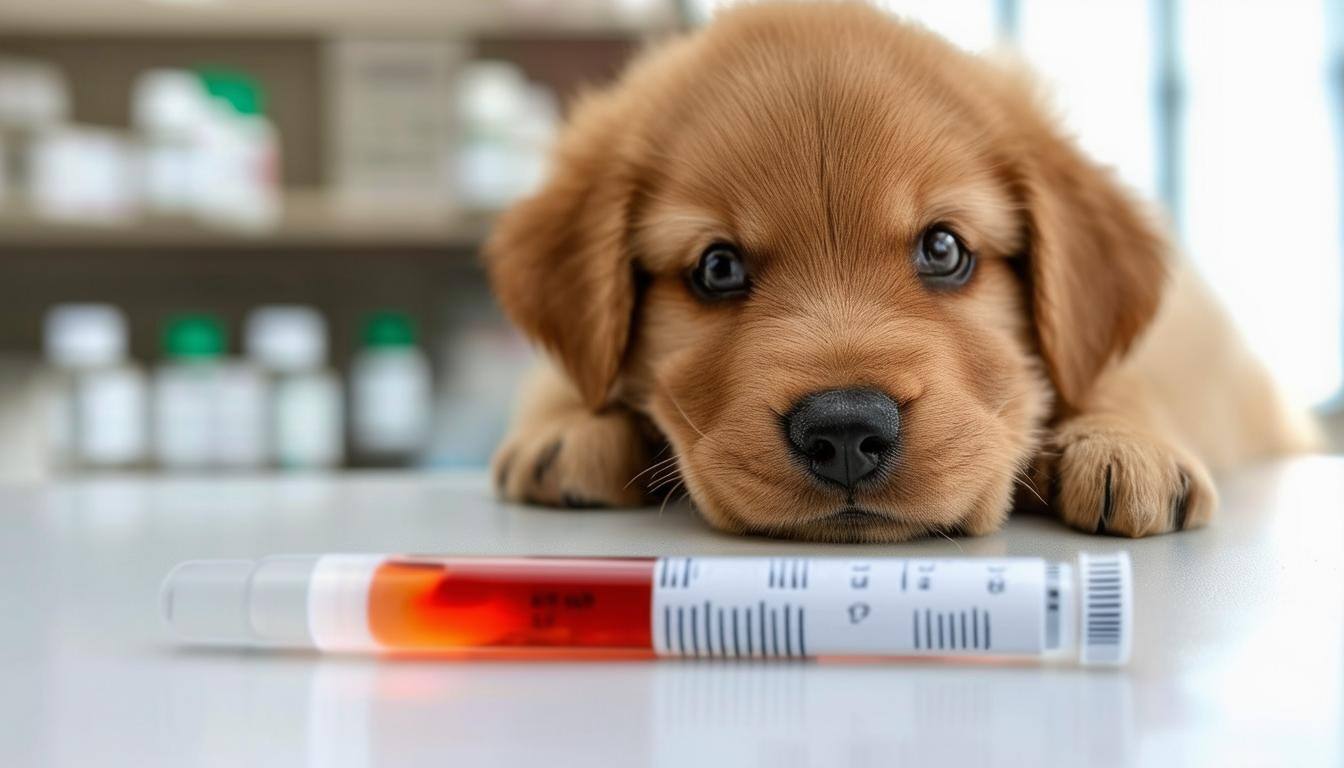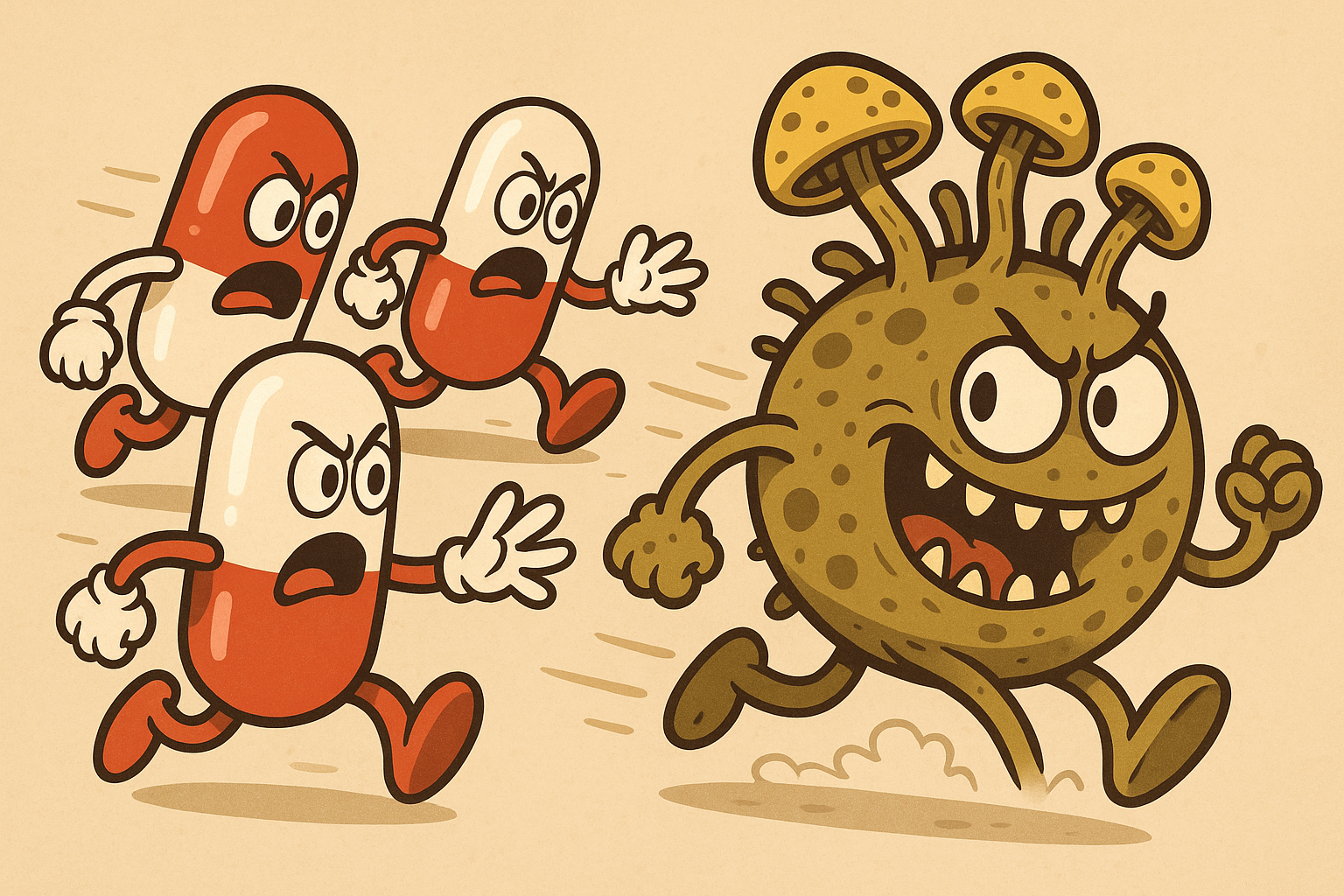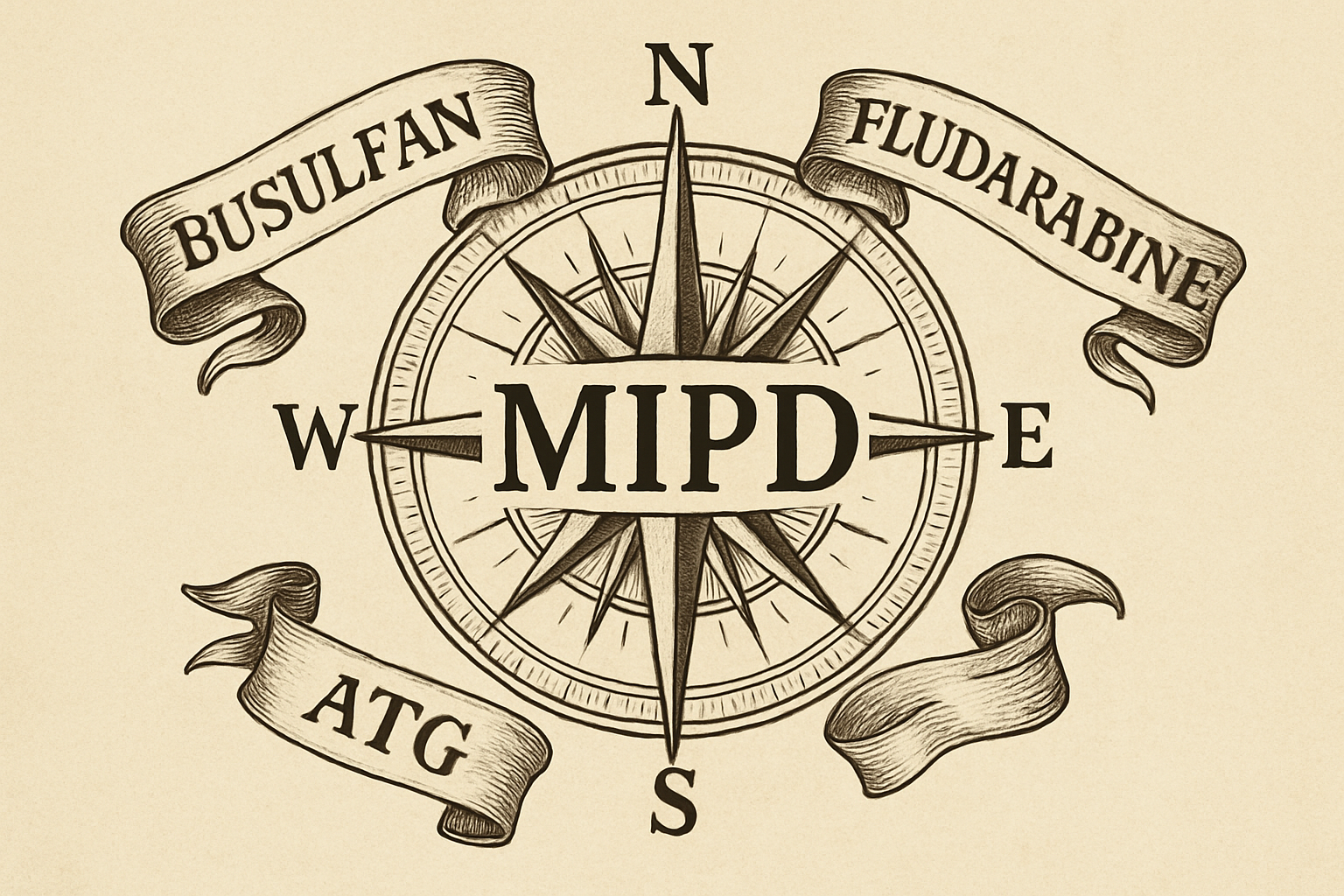Since its first isolation from dog liver over a hundred years ago, heparin has become a lifesaving mainstay of anticoagulation in patients at high risk of coagulation related morbidity and mortality. Yet despite nearly a century of efforts to improve dosing and monitoring practices, most hospitals still struggle to keep their patients at a target heparin exposure, resulting in excess patient morbidity and mortality from both clotting and bleeding events. In fact, studies show that only around half of patients receiving therapeutic heparin reach the desired exposure with initial dosing, and heparin patients on average remain in therapeutic range for just 40% of the time they are on therapy.
Managing heparin is like trying to train a distracted puppy who won’t sit still: at first it seems like a fun challenge, but after a while you wish they would just behave the way you want, or at least act predictably so you can play along. So what gives? What makes heparin dosing such a challenge? As with much of medicine, it’s complicated; and it starts with heparin itself.
Heparin doesn't act like other drugs
The detailed mechanisms of the coagulation cascade are beyond the scope of this post, but for our purposes, we can think of heparin as exerting its anticoagulant effect by potentiating antithrombin (AT3), which in turn inhibits the activity of thrombin (Factor II) and thereby slows clotting. In short, more heparin leads to stronger AT3, which inhibits clotting.

Here’s where it starts to get tricky: unfractionated heparin is, in fact, an assemblage of many heparin-ish compounds, each with its own distinct ability to potentiate AT3. A small portion of these heparin-ish compounds are strong potentiators of AT3, while the majority are weak potentiators of AT3. So, from a pharmacokinetic/pharmacodynamic (PK/PD) perspective, the “Strong heparins” and the “Weak heparins” are almost like two separate drugs, which are administered simultaneously to make what we call “unfractionated heparin.” When we talk about the pharmacodynamic effect of heparin potentiating AT3, we are really talking about the combined effect of these two virtual drugs: “strong heparins” and “weak heparins.”

Not too bad, right? Just wait.
Trouble is, AT3 is not an unlimited resource; there is only so much AT3 in the blood. And just like with any limited substrate, as the concentration of this combined unfractionated heparin increases, the AT3 can become saturated.
Yup, saturable, non-linear kinetics. (I’ll pause for the wince)
We know that non-linear kinetics means that as we reach saturation, adding more drug does not result in an equal increase in activity. But with heparin it’s even more complicated: when this saturation happens with heparin, the much more numerous “Weak heparin” can outcompete the “Strong heparin” in binding AT3, resulting in a decreased overall anticoagulant effect of the combined heparin (i.e. lower aPTT, lower antiXa)! So sometimes adding more heparin can lessen its effect!

Patient variability is on another level
The pharmacokinetics of heparin are influenced by body size, habitus, and renal function. That’s common among drugs, and pharmacists are fluent in managing these factors. For heparin, though, that’s just the beginning.
We’ve already talked about how the relationship between heparin and AT3 can vary depending on how much heparin is added to the system, but heparin isn’t the only variable in this puzzle. It turns out that the amount of AT3 can also vary! The AT3 reservoir–the amount of AT3 available to be bound–varies from patient to patient. Patients with a smaller AT3 reservoir achieve AT3 saturation more quickly, which can present as a form of heparin resistance, where higher amounts of heparin are needed to achieve the desired effect.
In some ways, this aligns with what we know - patients with a lower endogenous reservoir of AT3 have a relative excess of thrombin, which in addition to making them somewhat resistant to the effects of heparin also makes them more prone to clotting events like venous thromboembolism; and in turn when using heparin anticoagulation in VTE patients, many institutional protocols use higher heparin doses to achieve the target anticoagulation level.

As if that weren’t enough, the AT3 reservoir in a single patient changes over time in response to heparin therapy. This is actually pretty common with drugs - the body thinks its drug-free state is properly in balance, and when we disrupt that balance through introduction of an exogenous drug like heparin, the body tries to correct for that disruption, in this case by decreasing the available reservoir of AT3, resulting in all that craziness we just stumbled through above.
This decrease occurs in two patterns: over the first six hours of heparin therapy (which may be why most institutions wait six hours before sampling) as well as over the first ten days of therapy (which can lead to seemingly stable patients falling out of therapeutic range).
It’s no wonder that heparin exposure is obsessively monitored (as much as four times per day), and yet we still find ourselves helplessly chasing levels.
New technology offers hope
The good news is that, as complicated as heparin PK/PD is, all of these factors–from heparin self-competition to saturable kinetics to a variable AT3 reservoir–are well characterized and can be described mathematically using PK/PD models. That means that with the proper model in place, heparin exposure can be as predictable as any other drug.
In recent years, the role of model-infomed precision dosing (MIPD) in healthcare has steadily gained increasing acceptance, leading to exciting research on the use of MIPD in heparin management. MIPD provides technological understanding and characterization of both the drug and the patient, allowing clinicians to individualize therapy for each treatment course. In fact, clinical decision support tools for heparin are already being tested for use in routine care, and the results have been impressive!
In short order, it seems we may finally be able to corral this unruly little drug into the well-behaved pup we love to play with.
What do you think? Has your institution struggled with heparin dosing? Are you excited about the prospect of model-informed precision dosing for heparin? Learn more about how InsightRX is helping organizations tackle problems with anticoagulation below!






